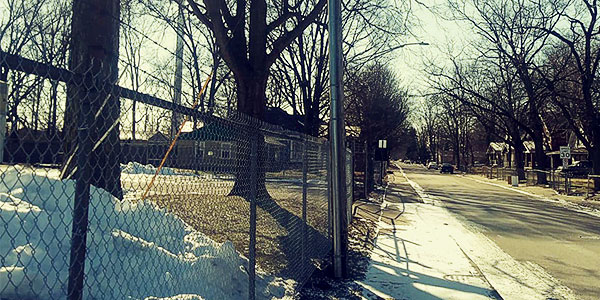By Amanda Durish Cook
CARMEL, Ind. — A dangerous cold snap spurred a maximum generation event and knocked out power to MISO’s offices Wednesday.
The arrival of the polar vortex cut short a two-day RTO workshop focusing on distributed energy resource participation, canceling an in-depth discussion on the technical concerns of adding significant amount of DERs to the grid.
As MISO security checked identification with flashlights in a darkened lobby about 8 a.m. and sent staff to work from home, temperatures hit -10 degrees Fahrenheit with a -40 windchill. At the same time, Minneapolis registered -30 F and a wind chill below -50.
By then, the MISO Reliability Coordinator had declared conservative operations, suspending all transmission and generation maintenance, and a maximum generation event for its North and Central regions because of forced outages and higher-than-expected load. Both declarations will last through Thursday. The power outage did not extend to the control room. MISO first issued a cold weather alert on Jan. 25 covering Jan. 29 to Feb. 1. (See MISO Issues Cold Weather Alert.)
The first day of the workshop on Jan. 29 focused only on an introduction to DERs, with speaker Bob Shively of Enerdynamics outlining the several unknowns surrounding DER adoption. The second day was to focus on topics such as DER interconnection, forecasting and reliability issues.
After relative quiet in public stakeholder groups on DER penetration for several months, MISO leadership last year said it will begin work on a possible participation model in anticipation of a FERC rule on the issue. (See MISO Offers Storage Proposal, Promises to Exceed Order 841.) Before the inclement weather, the RTO had already planned two more two-day DER workshops in March in cooperation with the Organization of MISO States.
Staff said that although NERC has a definition of DERs, MISO has yet to establish its own independent definition.
The Unknown
Shively said there’s a great deal of uncertainty about how quickly DERs will permeate the energy landscape.
“It could happen in some states very quickly. It could happen in other states not so quickly. … We don’t know what’s going to be the adoption curve of consumers. … You can get people saying this, and people saying that. The answer is nobody really knows. You need to do your planning in mind thinking that nobody really knows,” Shively said.
He then cited Bill Gates’ book “The Road Ahead”: “We always overestimate the change that will occur in the next two years and underestimate the change that will occur in the next 10. Don’t let yourself be lulled into inaction.”
But Shively said planners will have to anticipate what they literally cannot see today.
The bulk electric system and markets are not designed to incorporate DERs, he said, which lack visibility on the grid, leaving planners to exclude them in their models when they do not receive operational data.
“Bulk power system planners do not have access to data on distributed energy resources. … All that data rests with distribution companies and there’s really no coordination,” Shively said.
Several factors will affect the rate of DER adoption, he said, including the pace of state regulation and a possible FERC ruling. In some cases, he’s already witnessed the need to equip substations at the distribution level to allow generation from DERs to flow back to the grid. However, he noted, early compensation, new reliability rules and net metering changes can make or break widespread adoption. Different states might experience wildly different penetration rates. He also said utility distribution companies may have to create special DER monitoring systems.
Shively said distribution companies will soon need to reinvent themselves as DER communications networks.
“I had a guy from Duke tell me, ‘We’re no longer an energy company. We’re a high-tech communications data energy grid,’” Shively said.
He also pointed to New York’s Reforming the Energy Vision, a set of multiyear regulatory decisions and policy initiatives launched in 2014 with the goal of creating a distributed system platform provider, among other objectives.
“It’s probably harder to plan DER integration on distribution versus transmission. For distribution, you’re changing the whole way you model each of your distribution circuits,” Shively said.
‘Sneaky’ Devices
Shively said all internet-enabled devices today have the potential to become a DER.
“Anyone who has Alexa or Google to control the lights, you have a potential distributed energy resource in your home,” he said.
Shively cited a recent Wall Street Journal article on Google and Amazon planning for industry traction in third-party home automation and home area networks.
“More and more, things you’re buying today are sneakily internet-enabled whether you want them to be or not,” Shively said. He said soon, customers may be able to dictate rules such as adjusting the thermostat by 2 degrees when kilowatt-hours reach a certain price.
MISO’s next DER workshop will be held March 21-22 in Metairie, La.




